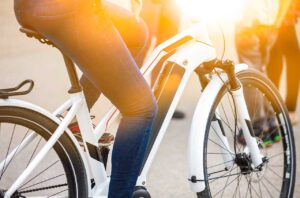The latest statistics from the HSE show the most common cause of non-fatal injury in the workplace was slips, trips and falls at the same level accounting for around 29% of injuries.
So, what can you do to protect your workforce from becoming a statistic?
Not surprisingly the precise answer will depend on your workplace and the hazards that exist there, however the first step for all workplaces is to assess the risk. This will help you to decide what controls measures can be put in place to effectively control the risk.
When assessing risks it is usually helpful to ask the workforce for their opinion on what the hazards are as they may notice things that are not immediately obvious or may be aware of things that are not always present but which present a hazard occasionally. Equally getting a second opinion or using a tool such as a hazard spotting checklist can help to spot hazards that could otherwise be overlooked due to familiarity.
While it is not practical to give specific guidance in an article like this there are a number of general actions which can be applied to most workplaces that will help manage the risk.
Firstly take action to prevent floors from becoming contaminated, this can involve making sure that things are maintained and any leaks are fixed as soon as they are detected. Other actions that can minimise this risk include using matting at entrances to minimise contamination being walked into a building and planning work to minimise spillages.
Next the working environment needs to be considered, this could include arranging pedestrian and vehicle routes to avoid areas likely to be contaminated, keeping walkways and work areas in good condition and free from obstacles, trailing cables etc, ensuring that there is sufficient light in particular around slopes and steps and making sure that floor surfaces are suitable for the work being carried out e.g. if a floor is likely to get wet it should have a surface that can cope with this without becoming too slippery.
You should also make sure you are managing cleaning, actions such as making sure that spillages are cleaned up promptly, using cleaning methods that are appropriate for the surface and making sure pedestrians are kept out of areas until they are dry.
Finally consider the people in your workplace make sure they are wearing suitable footwear for the environment, organise work to avoid rushing and overcrowding and encourage people to play their part by keeping their work area tidy, reporting spillages and other hazards such as damaged floors or floor coverings.
We hope that this article has given you some ideas, if you would like further information or to discuss a particular issue at your workplace please speak to your normal PIB Risk management contact or get in touch using us using [email protected]
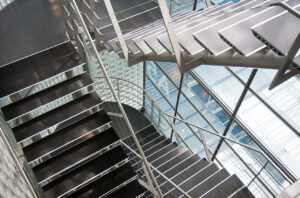
Second Staircases In New Tall Residential Buildings
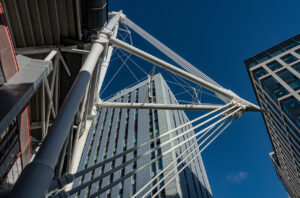
A New Regime For Residential Buildings In Wales
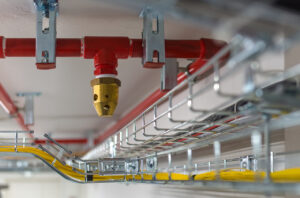
Vibrating Alarms And Painted Cables – New Guidance Available
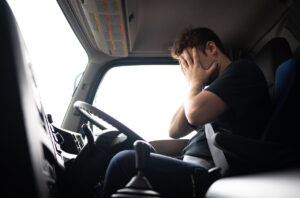
Two-Tyred: Driver Fatigue
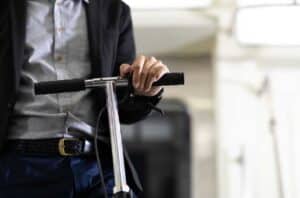
New E-Bike and E-Scooter Safety Guidance for Public Transport Operators
